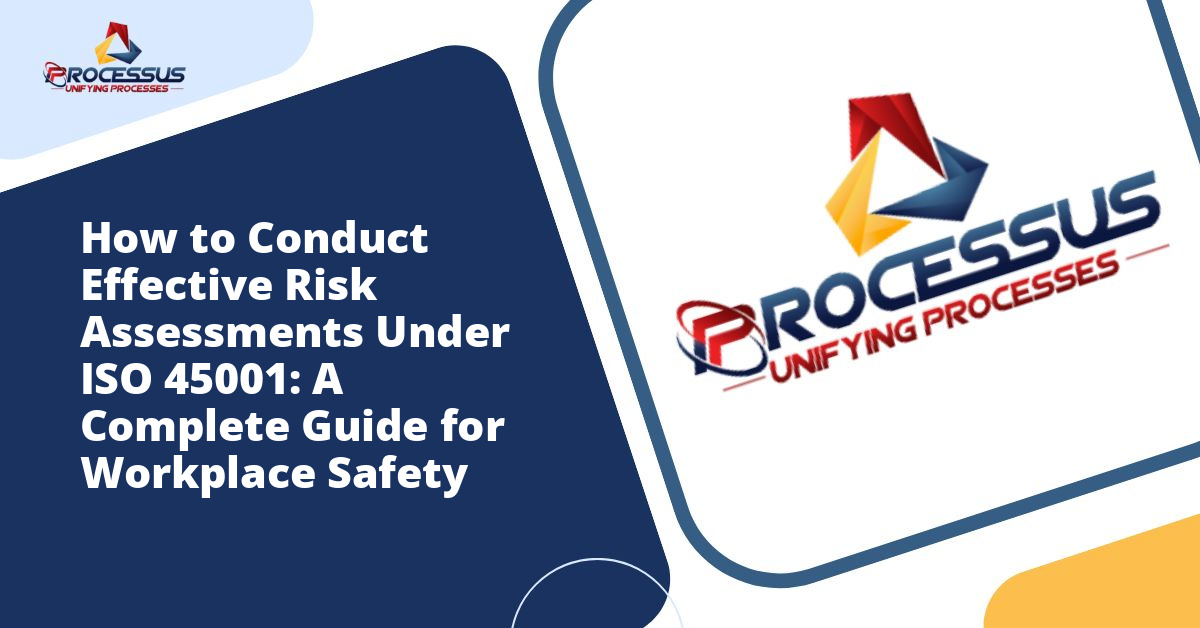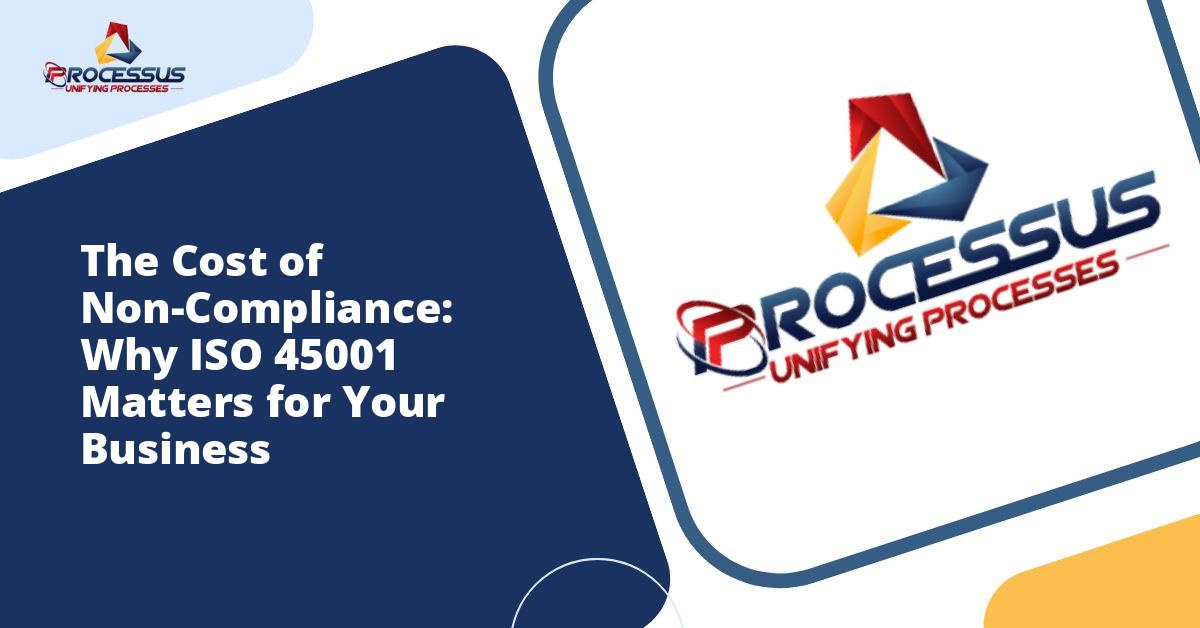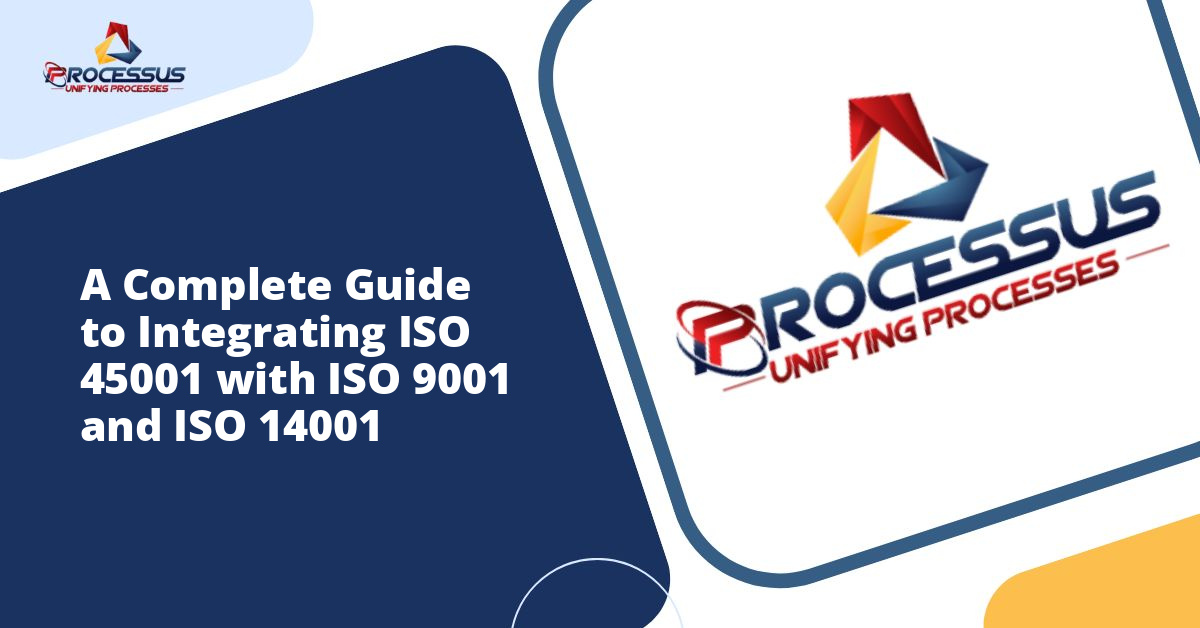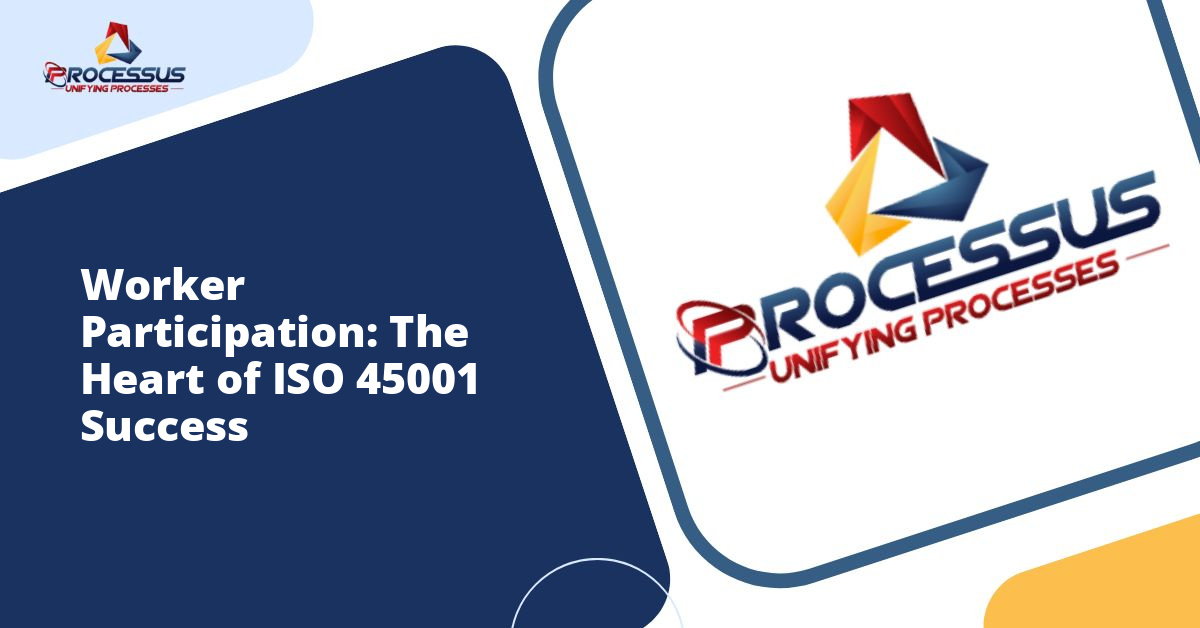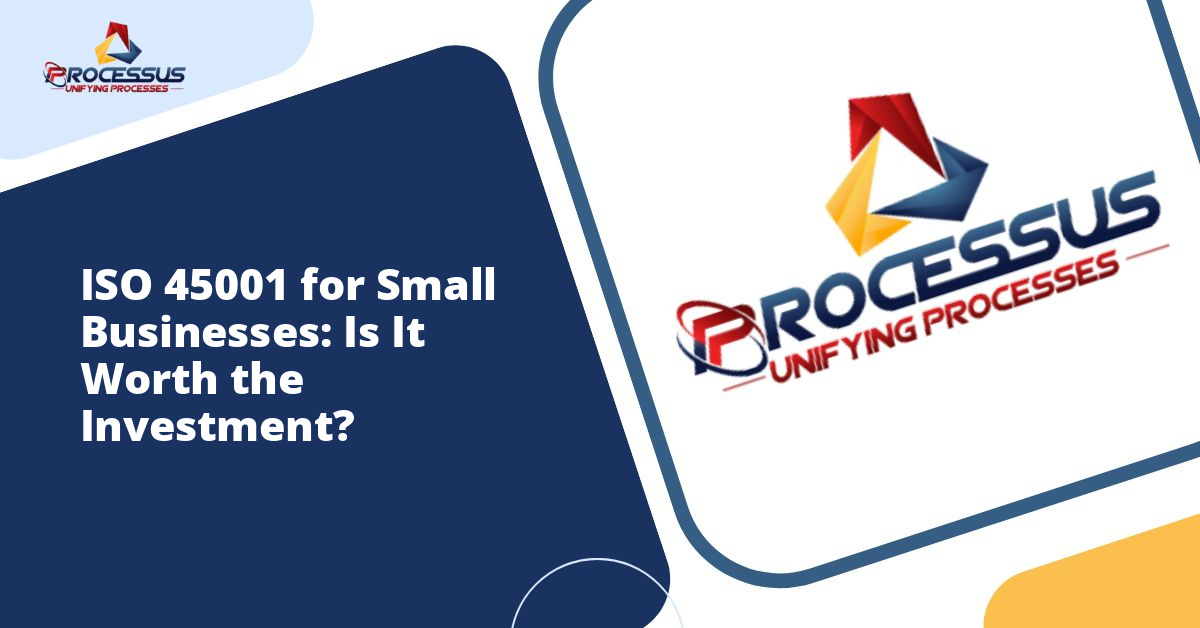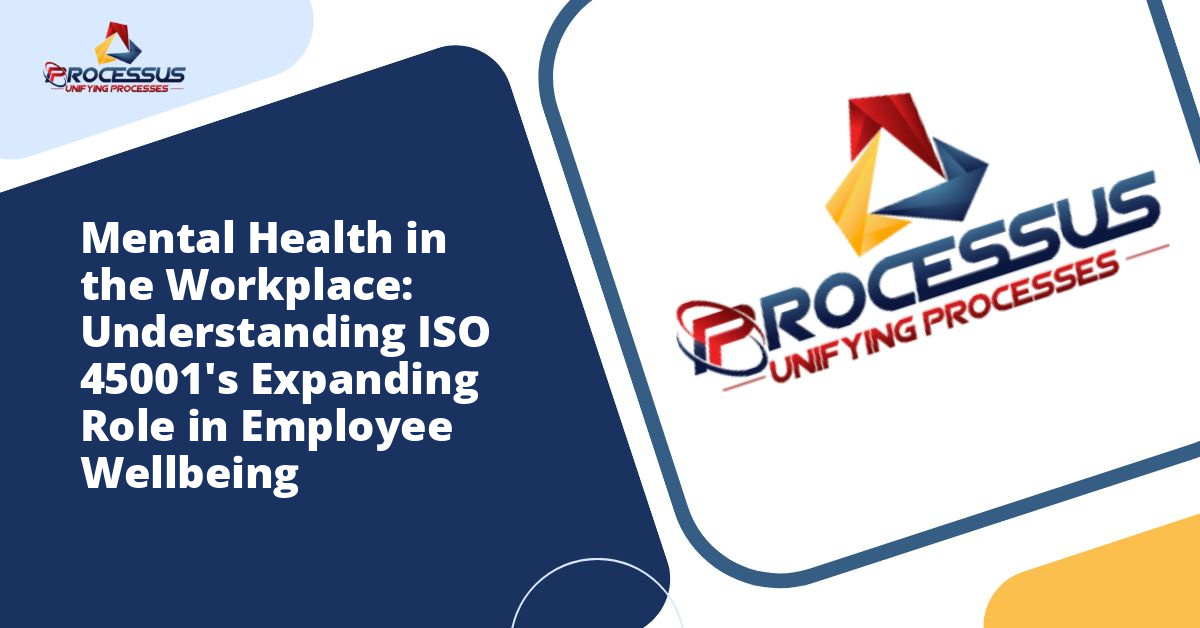Workplace safety has become a paramount concern for organizations worldwide, and ISO 45001 provides a robust framework for managing occupational health and safety risks. At the heart of this international standard lies the risk assessment process, a systematic approach that helps organizations identify, evaluate, and control workplace hazards before they result in injuries or illnesses.
Understanding how to conduct effective risk assessments under ISO 45001 is not just about compliance; it’s about creating a safer work environment where employees can thrive without fear of preventable incidents. This comprehensive guide will walk you through the essential steps, methodologies, and best practices for implementing risk assessments that truly protect your workforce. You might also enjoy reading about The ROI of Implementing ISO 45001 in Your Organisation: A Complete Guide to Measuring Value and Impact.
Understanding Risk Assessment in the Context of ISO 45001
ISO 45001, the international standard for occupational health and safety management systems, places risk assessment at its core. Unlike its predecessor OHSAS 18001, ISO 45001 adopts a more proactive approach to risk management, requiring organizations to consider both risks and opportunities in their safety management processes. You might also enjoy reading about Top 10 Common Non-Conformities in ISO 45001 Audits: A Comprehensive Guide for Organizations.
A risk assessment under ISO 45001 involves systematically examining all aspects of work to identify what could cause harm to people. This process enables organizations to weigh up whether they have taken sufficient precautions or should do more to prevent harm. The standard requires that risk assessments be documented, regularly reviewed, and updated whenever significant changes occur in the workplace. You might also enjoy reading about Building a Safety Culture Through ISO 45001 Implementation: A Complete Guide for Organizations.
The risk-based thinking approach embedded in ISO 45001 means that organizations must move beyond simply reacting to incidents. Instead, they need to anticipate potential problems and implement controls before accidents happen. This proactive stance transforms safety from a reactive compliance exercise into a strategic business function that protects both people and organizational reputation.
Key Components of an Effective Risk Assessment Process
An effective risk assessment under ISO 45001 comprises several interconnected components that work together to create a comprehensive safety management approach. Understanding these components helps organizations build robust systems that identify and manage workplace hazards effectively.
Hazard Identification
The foundation of any risk assessment is thorough hazard identification. This involves systematically examining your workplace to identify anything that has the potential to cause harm. Hazards can be physical, chemical, biological, ergonomic, or psychosocial in nature.
When identifying hazards, consider routine and non-routine activities, emergency situations, and even hazards that originate outside the workplace but could affect workers. Engage employees in this process because they often have valuable insights into hazards that management might overlook. Their frontline experience makes them uniquely qualified to spot potential dangers in their daily work environment.
Documentation is crucial during this phase. Create a comprehensive inventory of all identified hazards, noting their location, nature, and potential consequences. This inventory becomes the foundation for your subsequent risk evaluation and control measures.
Risk Evaluation
Once hazards are identified, the next step involves evaluating the level of risk each hazard presents. Risk evaluation considers two primary factors: the likelihood of an incident occurring and the severity of potential consequences if it does occur.
Organizations typically use risk matrices to assess and prioritize risks. These matrices plot likelihood against severity, creating a visual representation that helps decision-makers understand which risks require immediate attention and which can be addressed through longer-term planning.
The evaluation process should be systematic and consistent. Establish clear criteria for what constitutes low, medium, and high risks within your organization. This consistency ensures that different teams and departments assess risks using the same standards, making it easier to prioritize safety improvements across the entire organization.
Risk Control Measures
After evaluating risks, organizations must implement appropriate control measures. ISO 45001 advocates for the hierarchy of controls, a systematic approach that prioritizes the most effective risk reduction methods.
The hierarchy starts with elimination, the most effective control, where the hazard is completely removed from the workplace. When elimination is not feasible, substitution involves replacing the hazardous substance or process with something less dangerous. Engineering controls physically separate workers from hazards through barriers, ventilation systems, or machine guards.
Administrative controls, such as safe work procedures and training programs, modify how people work to reduce exposure to hazards. Personal protective equipment represents the last line of defense and should only be relied upon when other controls are not feasible or as an interim measure while more effective controls are implemented.
Step-by-Step Guide to Conducting Risk Assessments
Implementing an effective risk assessment process requires a structured approach that ensures consistency and comprehensiveness across your organization. Following these steps will help you develop risk assessments that meet ISO 45001 requirements while genuinely improving workplace safety.
Step 1: Define the Scope and Objectives
Begin by clearly defining what you want to assess. Are you conducting a comprehensive organizational risk assessment, evaluating a specific department, or assessing risks associated with a particular task or process? Establishing clear boundaries helps focus your efforts and ensures you allocate resources appropriately.
Document your objectives for the risk assessment. These might include achieving ISO 45001 compliance, reducing incident rates in specific areas, or evaluating risks associated with new equipment or processes. Clear objectives guide the assessment process and help you measure its effectiveness afterward.
Step 2: Assemble a Competent Team
Effective risk assessments require input from people with diverse knowledge and experience. Your team should include safety professionals, supervisors, and most importantly, workers who perform the tasks being assessed. This diversity ensures you capture different perspectives and identify hazards that might be missed by a single viewpoint.
Ensure team members have the necessary competence to conduct risk assessments. This might require training in hazard identification techniques, risk evaluation methodologies, and the specific requirements of ISO 45001. Competent assessors produce more reliable results and inspire confidence in the process.
Step 3: Gather Information
Collect relevant information about the work activities, processes, and environment you are assessing. Review accident and incident records, near-miss reports, and previous risk assessments. Examine manufacturer instructions for equipment, safety data sheets for chemicals, and relevant legislation and standards.
Conduct workplace inspections to observe actual working conditions and practices. Sometimes there is a gap between documented procedures and actual practice, and your risk assessment must reflect reality rather than idealized versions of how work should be done.
Consult with workers and their representatives. They possess practical knowledge about day-to-day operations and can provide insights into hazards and risks that may not be apparent from documentation alone. Their participation also increases buy-in for the resulting control measures.
Step 4: Identify Hazards Systematically
Use structured techniques to ensure comprehensive hazard identification. Walk through each step of the work process, asking what could go wrong at each stage. Consider different scenarios, including normal operations, startup and shutdown procedures, maintenance activities, and emergency situations.
Look beyond obvious physical hazards to include chemical exposures, biological agents, ergonomic stressors, and psychosocial factors like work-related stress or violence. Modern workplaces present diverse hazards that require comprehensive identification efforts.
Use checklists based on previous assessments and industry best practices, but do not rely on them exclusively. Every workplace is unique, and checklists may not capture site-specific hazards. Combine checklist approaches with active observation and worker consultation for best results.
Step 5: Evaluate Risks
For each identified hazard, assess the risk by considering both likelihood and severity. Likelihood refers to how probable it is that the hazard will result in harm, while severity describes how serious that harm could be.
Use a consistent methodology across your organization. Many companies adopt a simple matrix approach with categories like low, medium, and high for both likelihood and severity. Others use numerical scales that produce risk scores. Choose a method that suits your organizational culture and provides sufficient granularity for decision-making.
Consider existing controls when evaluating risks. The risk assessment should reflect the current situation, including any safety measures already in place. This approach helps you understand whether current controls are adequate or if additional measures are needed.
Step 6: Determine Control Measures
Based on your risk evaluation, decide what controls are necessary to eliminate or reduce risks to acceptable levels. Apply the hierarchy of controls, always seeking the most effective solution first.
For high-priority risks, immediate action may be required. Medium risks might be addressed through planned improvements, while low risks may simply need monitoring to ensure they do not increase over time.
Be specific when documenting control measures. Instead of vague statements like “provide training,” specify what training is needed, who should receive it, and when it should occur. Specific action items are more likely to be implemented effectively.
Step 7: Document Your Findings
ISO 45001 requires that risk assessments be documented as part of your occupational health and safety management system. Your documentation should include the methodology used, hazards identified, risks evaluated, and control measures implemented or planned.
Make documentation accessible to those who need it. Supervisors should have access to risk assessments for their areas, and workers should be informed about the hazards they face and the controls that protect them. Transparency builds trust and encourages safety consciousness throughout the organization.
Use your documentation as a living tool rather than a file-and-forget exercise. Risk assessments should be readily available for review, updating, and continuous improvement activities.
Step 8: Implement Control Measures
The most thorough risk assessment is worthless if its recommendations are not implemented. Develop action plans with clear responsibilities and deadlines for implementing control measures.
Prioritize actions based on risk levels, but also consider practical factors like cost, feasibility, and resource availability. Sometimes quick wins on medium-priority risks can build momentum for more substantial projects addressing high-priority hazards.
Monitor implementation progress regularly. Safety committees or management review meetings provide appropriate forums for tracking whether control measures are being put in place as planned.
Step 9: Review and Update Regularly
Risk assessments are not one-time activities. ISO 45001 requires that they be reviewed and updated at planned intervals and whenever significant changes occur. Changes might include new equipment, modified processes, organizational restructuring, or incidents that reveal previously unrecognized hazards.
Establish a schedule for periodic reviews, ensuring high-risk areas receive more frequent attention than lower-risk activities. Annual reviews are common, but some assessments may warrant quarterly or even monthly updates.
Use incident investigations, safety audits, and worker feedback as triggers for unscheduled reviews. When something goes wrong, revisit your risk assessment to understand whether the hazard was identified, whether the risk was properly evaluated, and whether controls were adequate.
Common Challenges and How to Overcome Them
Even with a structured approach, organizations often encounter obstacles when conducting risk assessments under ISO 45001. Recognizing these challenges and having strategies to address them improves the effectiveness of your safety management efforts.
Lack of Worker Engagement
Worker participation is essential for effective risk assessments, yet many organizations struggle to achieve meaningful engagement. Workers may be reluctant to participate due to time pressures, fear of repercussions, or skepticism about whether their input will make a difference.
Overcome this challenge by building a strong safety culture where worker input is genuinely valued and acted upon. Provide time for workers to participate without affecting their productivity metrics. Share examples of how previous worker suggestions led to safety improvements. Make participation part of normal business operations rather than an extra burden.
Inadequate Competence
Conducting effective risk assessments requires knowledge and skills that not everyone possesses naturally. Organizations sometimes assign risk assessment responsibilities to people who lack the necessary training or experience, resulting in superficial assessments that miss critical hazards.
Address this challenge through systematic training and competence development. Provide formal training in risk assessment methodologies, hazard recognition, and ISO 45001 requirements. Pair less experienced assessors with mentors who can guide them through the process. Consider bringing in external expertise for complex assessments or to provide training and quality assurance.
Resource Constraints
Thorough risk assessments require time, money, and personnel that organizations may feel they cannot spare, especially smaller businesses with limited resources. This constraint can lead to rushed assessments that fail to identify all hazards or inadequate implementation of control measures.
Make the business case for investing in quality risk assessments by highlighting the costs of workplace incidents, including direct costs like medical expenses and workers compensation, as well as indirect costs like lost productivity, damaged reputation, and low morale. Often, preventing a single serious incident justifies substantial investment in risk assessment and control.
Also, remember that effective risk assessments do not always require expensive solutions. Many hazards can be addressed through better procedures, improved training, or simple modifications that cost little but deliver significant safety improvements.
Best Practices for Continuous Improvement
ISO 45001 emphasizes continuous improvement, and your risk assessment process should evolve and improve over time. Implementing these best practices helps organizations refine their approach and achieve better safety outcomes.
Use Technology Wisely
Modern software solutions can streamline risk assessment processes, making it easier to document hazards, track control measures, and analyze trends across the organization. Mobile apps enable assessments to be conducted on-site with photos and voice notes, improving accuracy and convenience.
However, technology should enhance rather than replace human judgment and worker participation. The most sophisticated software cannot substitute for the insights of experienced workers and competent safety professionals.
Benchmark Against Industry Standards
Learn from others in your industry by studying best practices, participating in industry associations, and reviewing published guidance. Benchmarking helps you identify gaps in your own approach and discover innovative solutions that others have successfully implemented.
Remember that every workplace is unique, so adapt rather than simply copying what others do. Benchmarking provides ideas and inspiration, but your risk assessments must reflect your specific circumstances, hazards, and organizational context.
Integrate Risk Assessment into Business Processes
The most effective organizations integrate risk assessment into routine business processes rather than treating it as a separate compliance activity. Include safety considerations in project planning, procurement decisions, and change management processes.
When risk assessment becomes part of how you do business, safety improves naturally without requiring separate initiatives or campaigns. Workers begin to think about risks automatically, and safety becomes embedded in your organizational culture.
Measure and Monitor Performance
Establish metrics to evaluate the effectiveness of your risk assessment process. Track leading indicators like the number of hazards identified and corrected, the percentage of workers involved in risk assessments, and the timeliness of implementing control measures.
Also monitor lagging indicators like incident rates and severity, although remember that these reflect past performance rather than current safety levels. A comprehensive set of metrics provides a balanced view of how well your risk assessment process is protecting workers.
Conclusion
Conducting effective risk assessments under ISO 45001 is both a regulatory requirement and a moral imperative. Organizations that embrace systematic risk assessment as a core business function protect their most valuable asset, their people, while also safeguarding their reputation, productivity, and bottom line.
The process requires commitment, competence, and continuous effort. It demands genuine worker participation, adequate resources, and leadership support. However, the rewards extend far beyond compliance certificates. Organizations with mature risk assessment processes experience fewer incidents, higher employee morale, and improved operational efficiency.
By following the steps outlined in this guide, addressing common challenges proactively, and committing to continuous improvement, your organization can develop risk assessment capabilities that truly make a difference. The goal is not perfect paperwork but rather workplaces where people return home safe and healthy at the end of every shift.
Remember that risk assessment is not a destination but a journey. As your workplace evolves, as new technologies emerge, and as your understanding deepens, your risk assessment process should evolve too. Stay curious, stay engaged with your workers, and remain committed to the principle that every workplace incident is preventable. With this mindset and a systematic approach to risk assessment, you can achieve the vision that ISO 45001 embodies: workplaces where safety is not just a priority but a fundamental value woven into everything you do.

